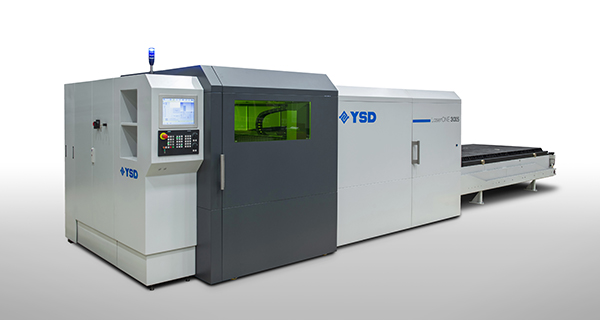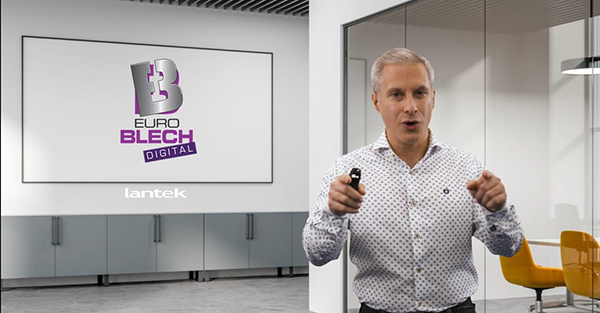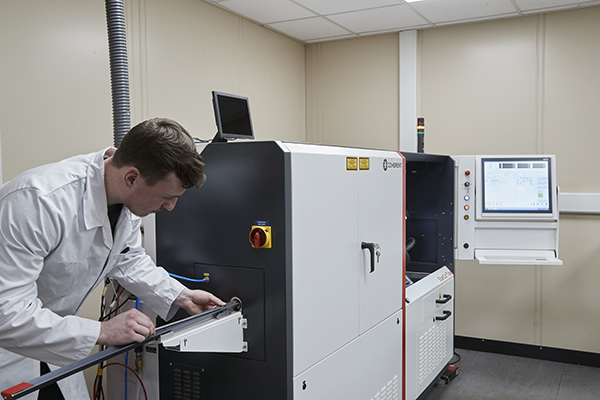
LVD now offers YSD LaserONE, a new cost-effective laser-cutting machine designed to put the advantages of fibre-laser technology within easy reach of sheet-metal fabricators by eliminating the extras that increase machine cost and complexity. LaserONE is available with a 2 or 4 kW laser power source in a 3000 x 1500mm table size and with optional Load-Assist automation.
Developed to address the market need for a truly low-cost, ultra-practical fibre laser cutting machine, LVD designs, manufactures, sells and services the LaserONE. Engineered and tested by LVD in Belgium to function as a reliable and efficient machine, LaserONE cuts a variety of materials and thicknesses with the flexibility of fibre-laser technology, offers low operating and maintenance costs, and provides a quick return on investment, reports the company.
The machine features a Precitec cutting head with NC-focus, automatic focal adjustment and crash protection, Raycus laser source, Siemens control, and servo motors and drives.
LVD’s YSD LaserONE is equipped with an automatic pallet changer for fast interchanging of the shuttle tables in a cycle time of approximately 30 seconds. An optional Load-Assist automation system offers easy loading/unloading.
For further information
www.lvdgroup.com























